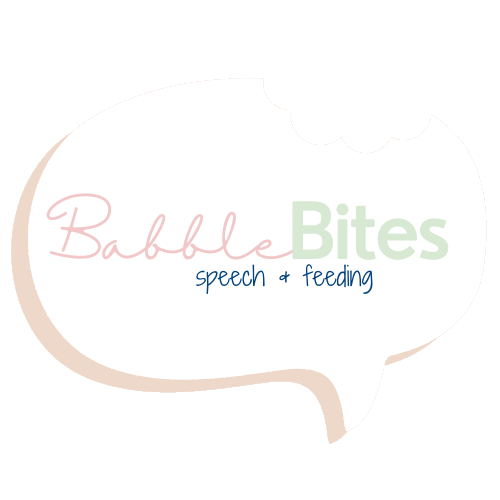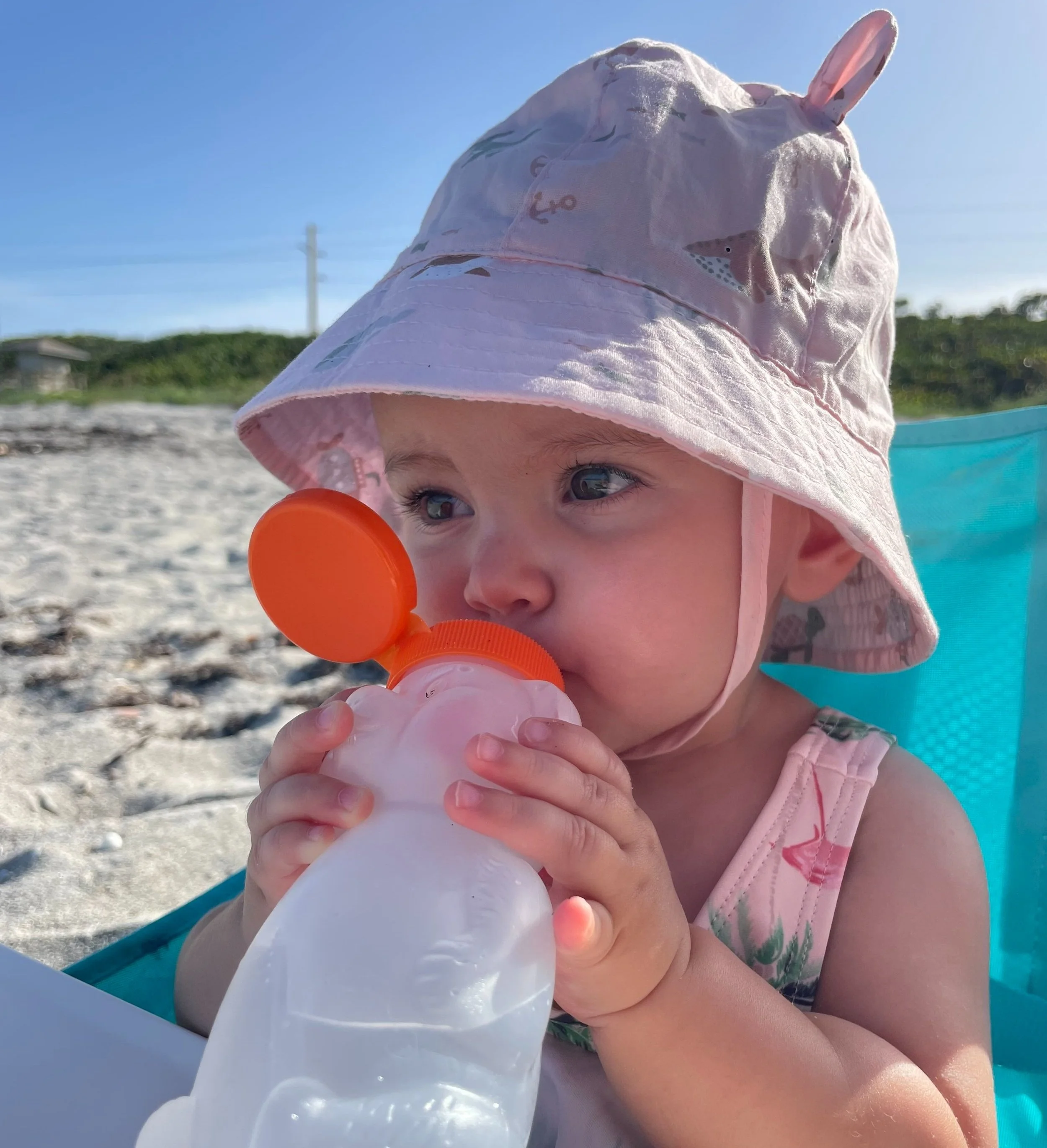Why the Honey Bear Cup is the Easiest Way to Teach Your Baby to Drink from a Straw
The Honey Bear straw cup is great for drinking water on-the-go!
Disclosure: This post contains affiliate links as part of an Amazon Associates campaign for Honeybear cups, and as an Amazon Associate I may earn a commission if you purchase through my links.Thank you for your support! All opinions are my own.
If you’ve ever handed your baby a regular straw cup and watched them just chew on it like a teether, you’re not alone. Learning to drink from a straw is a developmental skill—and just like walking or talking, it takes time, practice, and the right support.
That’s where the Honey Bear cup comes in. As a pediatric feeding therapist, I’ve seen firsthand how this simple tool can make all the difference in helping babies learn to drink independently and successfully from a straw.
Why Straw Drinking Matters
Before we dive into the “how,” let’s talk about the “why.” Teaching your baby to drink from a straw offers some big developmental benefits:
Promotes oral motor development: Sucking from a straw strengthens the lips, cheeks, and tongue—important muscles for speech and feeding.
Supports better tongue placement: Straw drinking encourages a more mature swallow pattern and helps reduce tongue protrusion.
Easier to take on-the-go than open cups: Babies should also be learning to drink from an open cup once they start solids, but open cup drinking can be trickier on-the-go. Once you teach your baby to drink from a straw, it makes outings and water drinking a bit easier!
It’s a life-long skill: While marketing has led parents to believe that sippy cups are the next step after bottles, it is actually open cups and straws that should be introduced for drinking liquids starting at 6 months in order to wean from the bottle by 12 months. Straws and open cups are then used life-long for drinking! Sippy cups can promote an immature suck-swallow pattern, so most feeding therapists and dentists recommend skipping them altogether (it’s okay to use them occasionally as long as baby is drinking primarily from an open cup and straw).
What Makes the Honey Bear Cup Different?
The Honey Bear cup isn’t just cute—it’s a simple design that supports straw drinking in the most baby-friendly way possible.
Here’s why it works so well:
✅ It’s squeezable
The biggest barrier for babies learning to use a straw is understanding how to create suction. With a regular cup, they have to figure that out all on their own. But with the Honey Bear cup, you can gently squeeze to send a small stream of liquid up the straw—giving your baby an immediate, rewarding sip. That teaches them what’s supposed to happen and helps them connect the dots quickly. After a few tries, most babies start to naturally start sucking once the liquid enters their mouth.
✅ It gives just the right amount of flow
Too much liquid? It floods their mouth. and causes frequent coughing. Too little? They give up. The Honey Bear gives you control over the flow, so you can match your baby's skill level and avoid overwhelm. It has a thin straw that keeps the volume of each sip manageable.
✅ It encourages lip closure
While the straw is flexible, it is firm enough that it won’t collapse when baby seals their lips around it. It is also narrow, which helps encourage lip rounding and appropriate tongue placement.
✅ It’s easy to clean and reuse
Many parents are surprised to learn that the Honey Bear cup is dishwasher-safe (top rack!), and you can easily replace the straw as needed. It’s one of the few tools that can grow with your baby through the toddler years, as once your baby no longer requires you to squeeze the liquid, they can continue using it as a regular straw cup!
Click here to get your own Honey Bear cup!
When to Start Using It
Most babies are ready to begin straw drinking somewhere between 6 and 9 months, once they’re sitting independently and starting solids. It’s okay if they don’t get it right away—your job is to introduce, model, and make it fun.
Squeeze the liquid up the straw of the Honey Bear cup to teach your baby that liquid comes up the straw!
How to Use It
Fill the cup with a small amount of breast milk, formula, or water (for babies over 6 months).
Gently squeeze a bit of liquid up the straw.
Bring the straw to your baby’s lips.
Wait for them to open their mouth and help guide the straw between their lips.
Encourage your baby to close their lips into the straw.
Squeeze a small amount of liquid into their mouth (not too much!)
Some babies start to suck after the first few times - if it looks like your baby is sucking on the straw, let go of your squeeze and see if your baby is able to maintain the suction and/or bring the liquid all the way up the straw for a sip on their own.
Keep practicing! Some babies pick it up right away, while other babies need practice over several days/weeks.
Continue to offer the straw at least once a day with solid meals.
Pro Tip: Keep your face at their level and exaggerate your own straw drinking for modeling. Babies learn by watching!
Note: Some babies cough when they start straw drinking, it should improve with practice, but let your pediatrician know if it seems excessive/every time they use a straw, especially if they’ve been using it for a few months.
Final Thoughts
The Honey Bear cup takes the mystery out of straw drinking. Instead of frustration (for both of you!), it gives your baby a clear and supportive way to learn—and it sets the stage for healthy oral motor development. Whether you’re starting solids or looking for a smarter sippy alternative, it’s one of my favorite tools to recommend to families.
Follow us on instagram for bite-sized feeding tips!
Disclosure reminder: This content is part of an Amazon Associates campaign for Honey Bear Cups. We only share products we truly love and trust.


